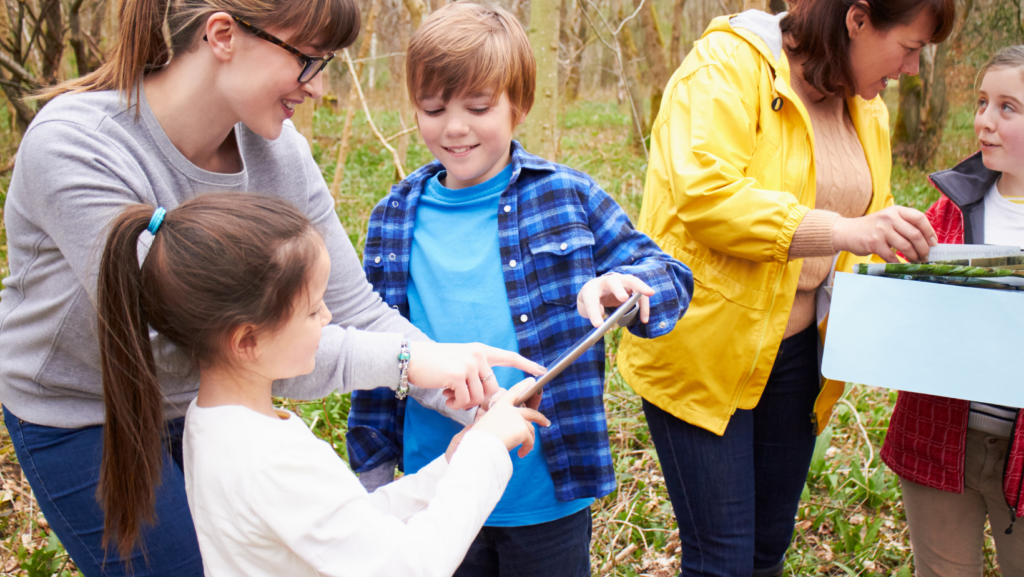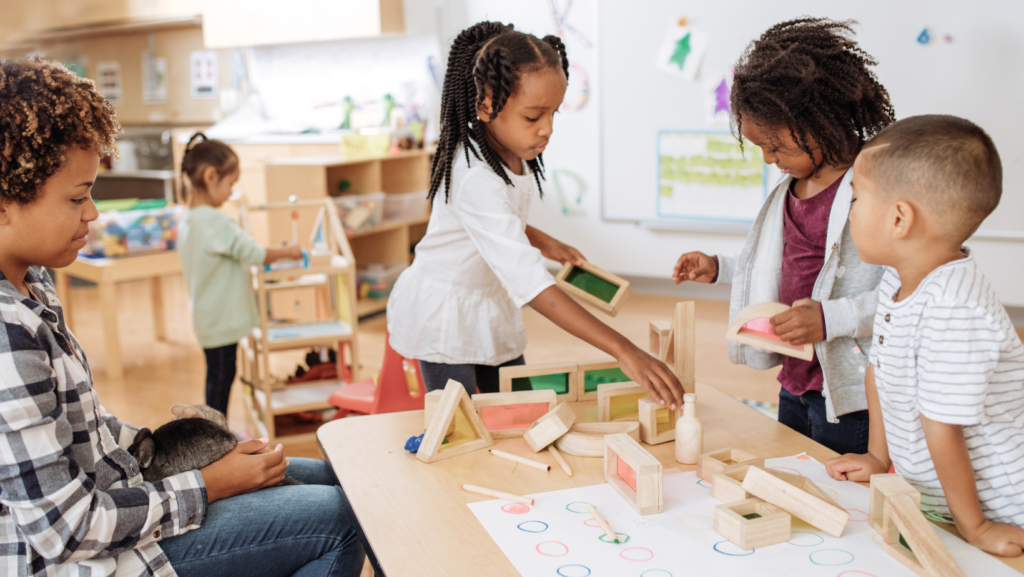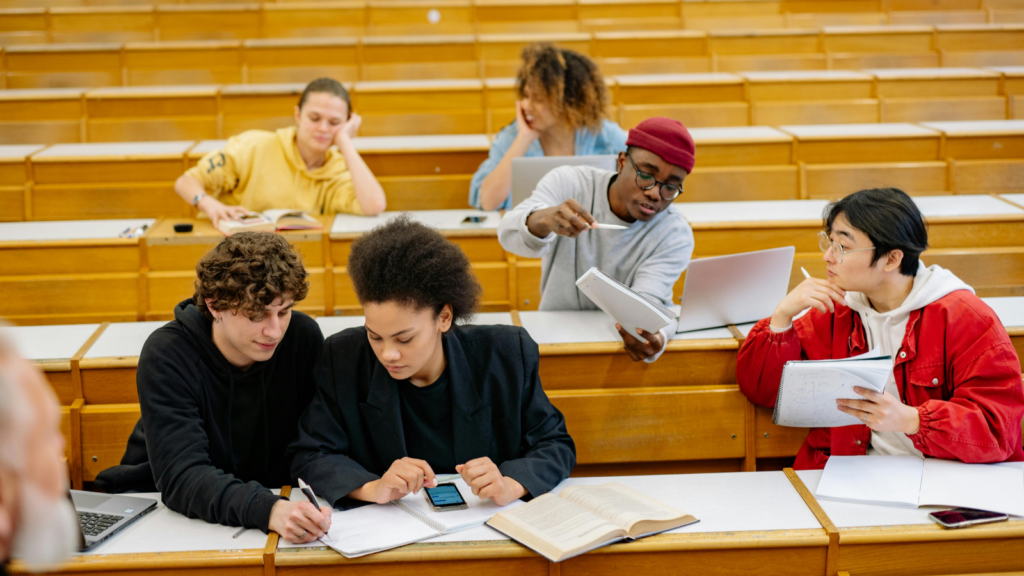In the ever-evolving world of education, active learning strategies examples are becoming increasingly important. They’re transforming the traditional, lecture-based classroom into a dynamic learning environment. This shift not only makes learning more engaging but also significantly improves information retention.
This article will dive into the world of active learning strategies, providing practical examples that can be implemented in any classroom. Whether you’re an educator looking for fresh ideas or a student wanting to take charge of your learning, this piece will offer valuable insights. So, let’s delve in and explore the power of active learning.
Active Learning Strategies Examples
Defining Active Learning

Active learning, contrary to its traditional counterpart, posits students at the centre of knowledge acquisition. It’s an approach where the onus of learning transitions from teachers to students. Students actively engage with the material, participate in the process, and not merely remain passive recipients of information.
It stresses their direct involvement in thought-provoking activities that enhance learning. Think of active learning as a giant leap from ‘listening’ to ‘doing’, from a lecture-based environment to a stimulating, hands-on experience.
Examples of Active Learning Strategies
Optimizing knowledge acquisition for both educators and students involves the deployment of effective active learning strategies. These strategies are not only transformative but also shift the focus from traditional teaching methods to student-centered ones. Dive into these useful examples below.
Think-Pair-Share Technique
In the realm of active learning, the Think-Pair-Share technique takes a notable position. It’s a straightforward approach involving three steps. First, students take short times, up to a few minutes, to think about a given topic or question. They, then, pair up with a peer to discuss their thoughts. Finally, pairs share their ideas with the larger group or class. An example would be a social science class where students contemplate the impact of global warming, discuss with a partner and then share their ideas.
Problem-Based Learning & Peer Teaching Activities

Problem-Based Learning (PBL) is another robust strategy for active learning. It adopts a student-driven approach where learners tackle real-world problems. In PBL, the teacher acts as a guide, providing materials and resources. For instance, in a math class, students might solve complex, real-life situations that involve the application of mathematical principles, leading to a firm grasp of the subject matter.
Peer teaching, one more effective active learning strategy, fosters an environment where students are both learners and teachers. They gain knowledge, then they transmit this knowledge to others. In a history class, for example, students could research different civil wars and then teach their findings to the class. This method not only solidifies the knowledge of the teacher-student but also facilitates learning within the group by presenting information from a peer perspective.
Implementing Active Learning in Different Settings
In the Classroom

Deploying active learning in the classroom involves practical methods such as brainstorming, debates, and role-plays. For instance, during a brainstorming session, educators ask students to generate ideas around a specific topic. This technique stimulates creativity, boosts engagement, and encourages critical thinking amongst students in nurturing environments like Celina early childhood school, a Staeger Road learning center in Celina, Ohio that focuses on building strong early development skills through hands-on activities.
In Online Education
In the realm of online education, active learning strategies examples take on a virtual modality. Discussion forums, gamification, and virtual project collaborations are perfect examples of this approach.
Primarily, discussion forums facilitate the online version of classroom debates. Students participate in thematic threads, sharing their findings and reading other students’ responses. They’re often led by the instructor, who drops guiding questions, provokes thought, and keeps the conversation on track.
Moreover, gamification in online education uses digital games to make learning fun and engaging.
World of Active Learning Strategies
Active learning’s potential to transform education is undeniable. It’s a student-centered approach that boosts engagement, memory retention, and critical thinking. With strategies like Think-Pair-Share and Problem-Based Learning, it’s adaptable to various settings, from traditional classrooms to online platforms. Yet, it’s not without challenges. Resistance from students and planning difficulties can be hurdles.


